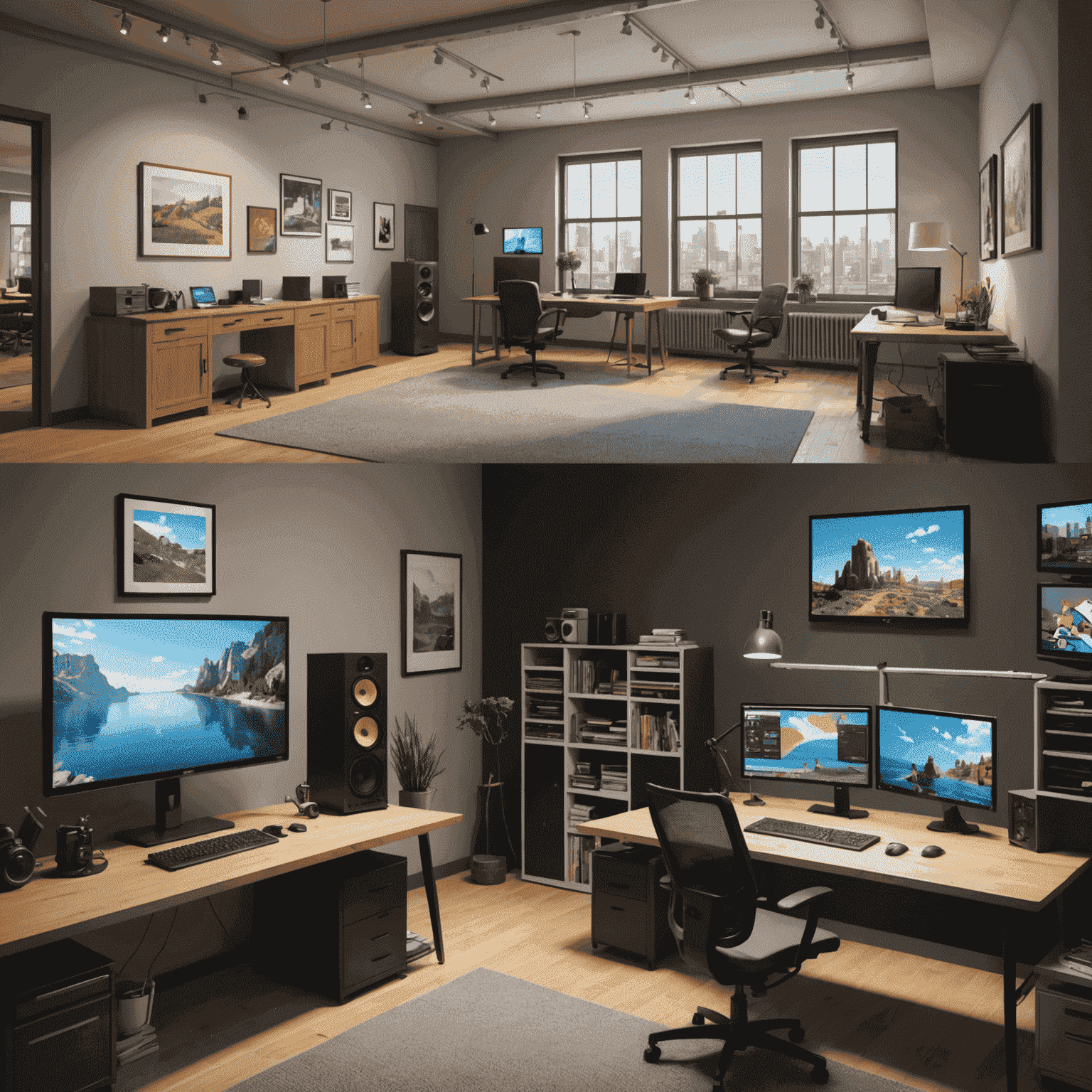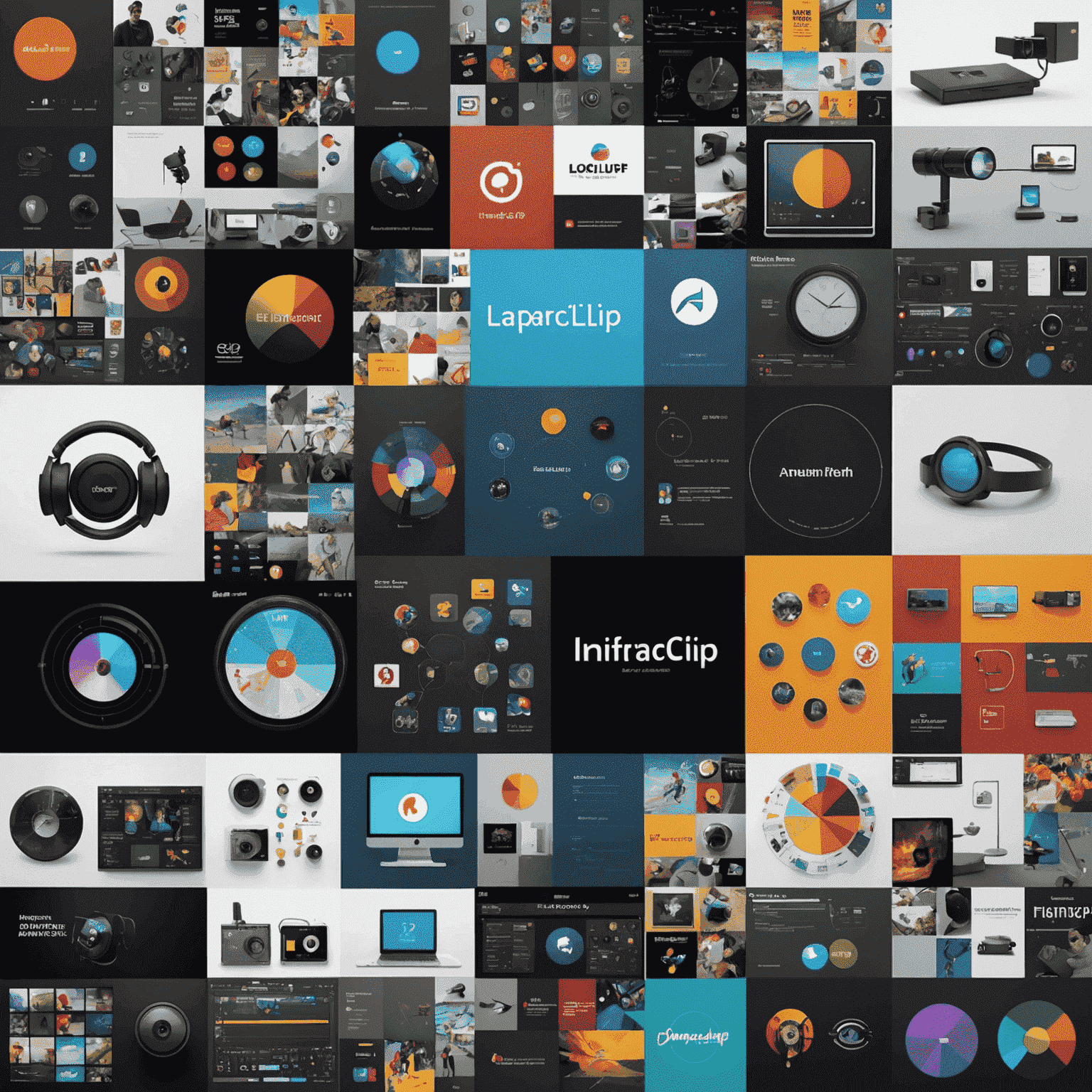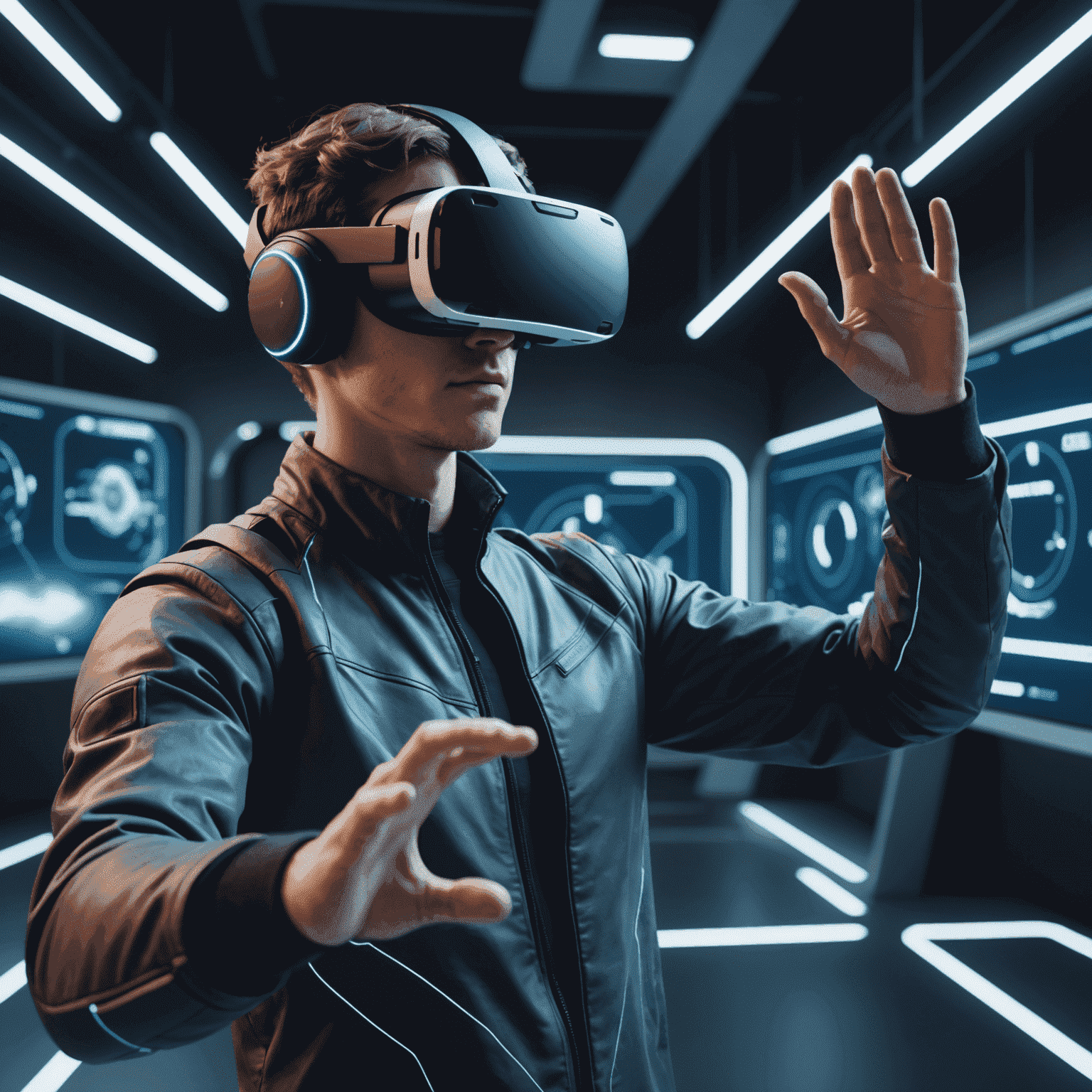From TV to Web: The Shift in American 2D Animation

The landscape of 2D animation in the United States has undergone a dramatic transformation in recent years, shifting from traditional television broadcasts to the vast realm of the internet and streaming platforms. This change has not only affected how animations are distributed but has also revolutionized the entire production process.
The Rise of Streaming Platforms
Streaming giants like Netflix, Hulu, and Amazon Prime have become major players in the animation industry. These platforms have opened up new avenues for creators, allowing for more diverse and niche content that might not have found a home on traditional TV networks. The success of shows like "BoJack Horseman" and "Big Mouth" on Netflix has demonstrated the appetite for mature-oriented animated content on streaming services.
Democratization of Animation Tools
The internet has also facilitated the democratization of animation tools. Software like Adobe Animate, Toon Boom Harmony, and even mobile apps like Flipaclip have made animation more accessible to aspiring artists. This has led to an explosion of independent animators creating and sharing their work online, often finding audiences through platforms like YouTube and Vimeo.

Changes in Production Pipelines
The shift to web-based distribution has also impacted how animations are produced. Cloud-based collaboration tools allow teams to work remotely, breaking down geographical barriers. This has led to more diverse creative teams and the ability to tap into global talent pools. Additionally, the episodic nature of streaming platforms has allowed for more serialized storytelling in animated shows, moving away from the self-contained episodes typical of broadcast TV.
The Impact on Traditional TV Animation
While web-based platforms have gained prominence, traditional TV animation hasn't disappeared. Instead, it has adapted. Many TV networks now have their own streaming services, and shows often premiere simultaneously on broadcast and digital platforms. This hybrid model allows for greater flexibility in reaching audiences across different mediums.
The Future of American 2D Animation
As we look to the future, the lines between web and TV animation continue to blur. Virtual reality and interactive storytelling present new frontiers for 2D animation. The accessibility of tools like Flipaclip is inspiring a new generation of animators who are pushing the boundaries of the medium. With the continued growth of streaming platforms and the ever-evolving internet landscape, American 2D animation is poised for an exciting and innovative future.

As we embrace this new era of digital animation, tools like Flipaclip are at the forefront, empowering creators to bring their visions to life with unprecedented ease and flexibility. The journey from TV to web has not just changed where we watch animations, but how we create, share, and experience them.